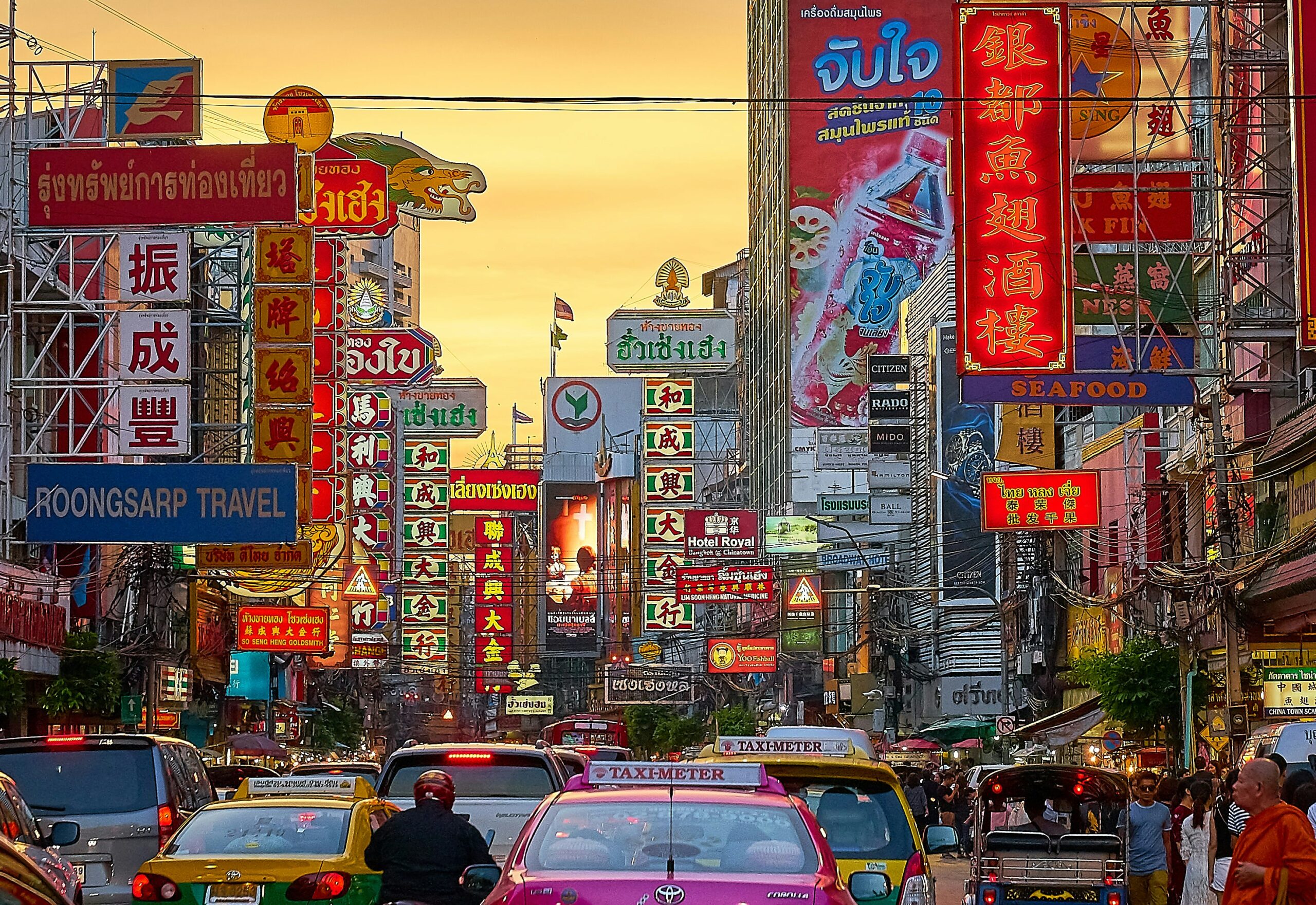Cuso International alumni Jim Carmichael publishes book
Story

Greetings from one of CUSO’s earliest overseas volunteers! In 1968, I set off across the Pacific Ocean with ten other young Canadians. We were bound for Thailand, where CUSO had organized two-year assignments for us in the country’s education and health sectors. It was the first time I had ever left North America.
These were early days for CUSO, then known as the Canadian University Service Overseas. Its main objectives were significantly different from those of today. Responding to requests from host governments, CUSO inserted Canadian volunteers into mainstream positions to serve as counterparts to national personnel. During our time our task was to become intimately knowledgeable about and involved with our host societies. Then upon returning to Canada, we would become informal ambassadors for the countries where we had lived and worked.
I had the good fortune of being assigned to an upcountry post—a brand new secondary school in the small city of Khon Kaen in northeast Thailand (popularly known as Isan). As part of the English Department, I taught English as a foreign language to Thai students at the Grade 8, 9 and 10 levels. My teacher colleagues were all Thai. I lived in a small Thai house on campus, only a five minute walk from the teachers’ office. After classes were over, I usually walked to central Khon Kaen to sample delicious Thai food at ridiculously cheap prices. Not a bad routine!
Prior to my CUSO assignment, I lived in Ottawa and held a government job which did not appeal to me. By the spring of 1968, I was on the lookout for more meaningful work. I first checked out the Company of Young Canadians, but found it too unstructured. After exploring different possibilities, I consulted with the inter-denominational chaplain at Carleton University, Gerry Paul, who pointed me towards CUSO. I followed his advice, and a few months later was in Thailand.
My CUSO assignment changed the entire direction of my life. It propelled me into an international development career, primarily with CIDA, but also with the United Nations and the Canadian Co-operative Association. Much of my life was spent on foreign postings in Asia, Africa and New York. After I retired, I returned to Thailand, where I married a long-term Thai friend, a hospital pharmacist named Patchanee. She and I lived together in Thailand for seven years before moving to Ottawa in 2012 after she retired. We both did volunteer work at CUSO before the COVID pandemic, and later Patchanee continued to help CUSO from home. In Ottawa, we also have the good fortune of living close to my two daughters and four grandchildren.
Now I have written a book about Thailand, entitled The Land That Became Thailand: Exploring Its Early History. In no sense is this book a personal memoir. Instead it is a history book, recounting what happened many centuries ago in the territory encompassed by Thailand’s current borders. It primarily focuses on the first and second millennia, up to 1400 CE, by which time the Tai ethnic group had become a significant force in the area. Prior to the arrival of the Tai, the land had been peopled by Indigenous groups such as the Lawa, and earlier immigrants such as the Khmer, Mon and Malays. Although Thailand now has one of the most homogenous ethnic populations in the region, its heritage is multi-ethnic. In some cases, the later-arriving Tai were seen as intruders by those who were there earlier. For instance, the Khmer-Tai relationship has always been primarily antagonistic, a phenomenon most recently highlighted by this year’s Thailand-Cambodia border conflict. The troubled situation in Thailand’s most southerly provinces can also be viewed, at least partially, as a reflection of long-standing animosity between ethnic Tai Buddhists and ethnic Malay Muslims.
Why have I written this book? Partly because of my general interest in the history of Asia, particularly Thailand. But also to help fill a gap in Thailand’s knowledge of where it came from. Much has been written about Thailand’s later history when the Tai were dominant. But much less has been written about the pre-Tai period. And even some existing descriptions of the early Tai period appear questionable and mysterious. For instance, why is the area’s longest-lasting kingdom, Lavo, which spanned both the pre-Tai and early Tai periods, largely missing from the historical record? In what way do Chinese records contradict Thailand’s official account of the birth of the Ayutthaya Empire (which was the current Bangkok regime’s foundational forerunner)? Why is the Lan Xang Kingdom, which once occupied large parts of both northeastern Thailand and Laos, seldom acknowledged as one of Thailand’s ancestral nations? These are some of the questions explored in my book.
My key message to readers is go and visit Thailand. It is a beautiful and fascinating country with a warm and welcoming population. When you are there, look beyond its superb beaches and the urban delights of Bangkok, to the cultural richness of its people in all parts of the country. And if you can, visit some of the country’s historical sites, such as Sukhothai, which is considered the original cradle of Thai civilization.
The easiest way for anyone to obtain a copy of my book is through the amazon.ca or amazon.com website. Please order the Second Edition, which is the current version. However, people living in Ottawa can also contact me at ttjcarmichael@hotmail.com if they would like to purchase it from me at a cost of $23.00. Thank you.
Jim Carmichael